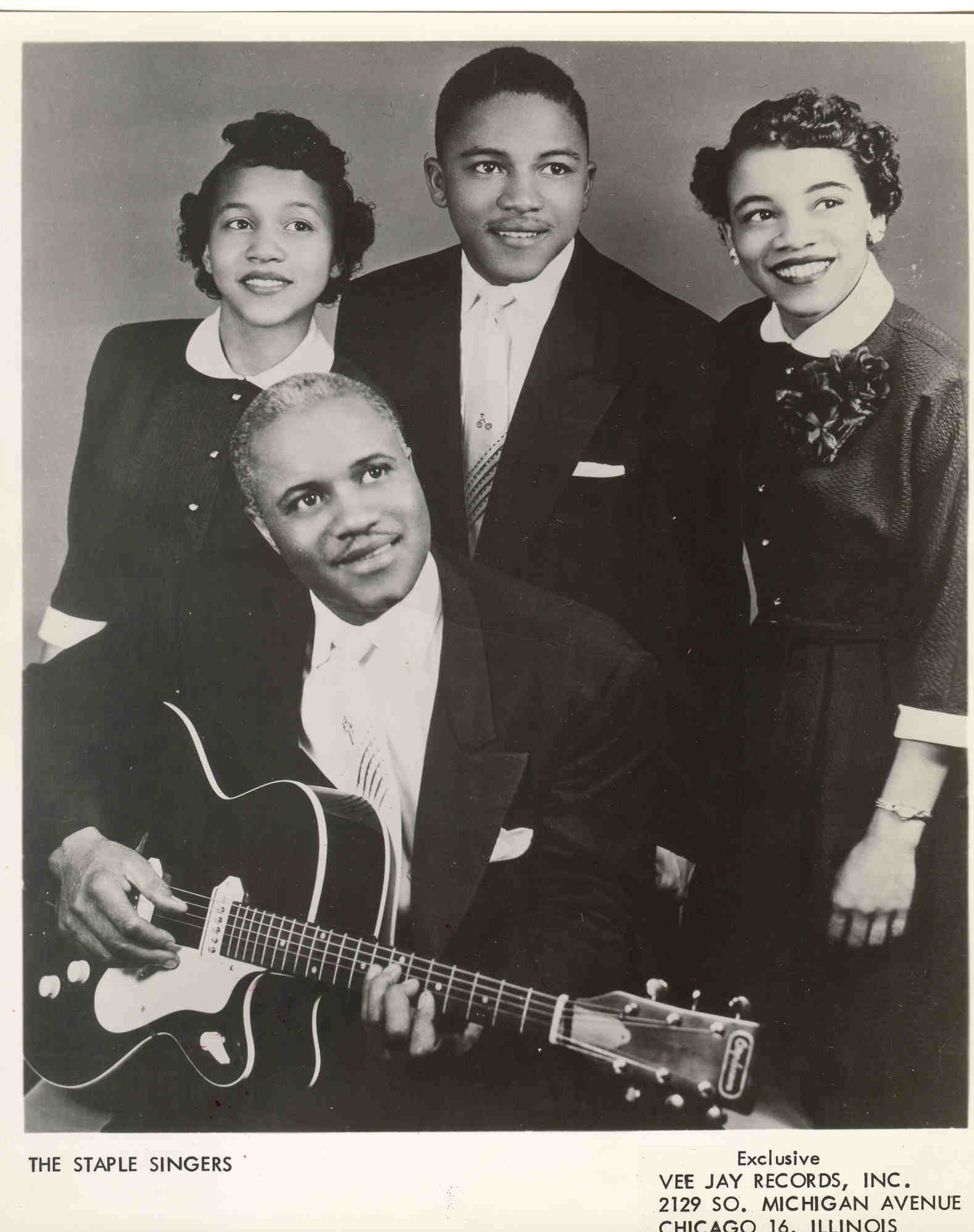Film Review: Rejoice & Shout

In the opening minutes of Rejoice and Shout, the new documentary about Black Gospel Music from Sag Harbor’s own Joe Lauro, the camera closes in on a 10-year-old girl singing her own, highly skilled rendition of the classic hymn “Amazing Grace.” Beyond the wonder of this young girl’s prodigious talents, the moment speaks volumes about Black Gospel Music: a music steeped in tradition yet ever evolving, a cross-generational art form that combines deep spirituality with deeply personal expression and style, and a joyful, exuberant world that is largely hidden from the view of popular culture.
Usually when Black Gospel Music is included in the musical discourse, it is in reference to how it has influenced jazz, blues and rock, or how it nurtured the talents of soul singers like Sam Cooke, Aretha Franklin and Sly Stone. According to Lauro, the release of Rejoice and Shout marks the first time a documentary has focused directly on Black Gospel Music. [expand]
“Mahalia Jackson, the Staples Singers, Andrae Crouch—these people are legendary in the world of Gospel, but if you’re not in that world, you don’t know that,” Lauro explains, speaking from his Sag Harbor home. In reference to the failure to pay attention to Gospel, he says, “It’s as if, 40 years later, nobody had made a documentary about the Beatles.”
“But when we would pitch the idea of doing a Gospel film, people looked at us like we had two heads,” says Lauro. Lauro has produced many films through his Greenport-based company Historic Films. “I had been acquiring and restoring performance footage for years, with the idea of assembling the first documentary about Gospel, but people weren’t interested.”
As Rejoice and Shout demonstrates, Lauro’s footage included some breathtaking material spanning the filmed history of Gospel: Mahalia Jackson performing on “The Ed Sullivan Show” in the early 1950s, The Dixie Hummingbirds performing at the Newport Folk Festival in the early 1960s, Sister Rosetta Tharpe and the Staples Singers on the syndicated “TV Gospel Time” from the mid-‘60s, Andrae Crouch from the mid-‘70s, as well as a stunning sound film from the early ‘20s featuring The Utica Quartet.
Lauro had all but given up finding financing for the project when Eamonn Bowles at Magnolia Pictures, without prompting, actually proposed a Gospel documentary.
“Our jaws dropped,” says Lauro, referring to himself and his production partner Don McGlynn. “Then we were like ‘Here’s the script’!”
The new financing allowed them to shoot interviews, including with Mavis Staples, the Reverend Andrae Crouch and the Selvy family. This process lead to Lauro and his team capturing the performance of “Amazing Grace” that opens the film.
“It was just good luck. She happened to be there, and when I asked if anyone knew any old, traditional Gospel, she just started singing.”
It is a great moment in a film that is full of many great moments. Those of us who think we know a little about Gospel from listening to Aretha Franklin or Ray Charles will learn a lot from watching Rejoice and Shout, and even those steeped in the Black Gospel tradition will discover something they might have missed. Most important, Rejoice and Shout provides the first definitive account and appreciation of a living, vibrant musical world.
Rejoice and Shout is currently playing in selected cities, and will play in Huntington and Greenport in August. [/expand]



